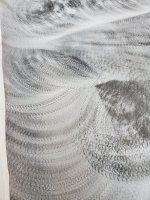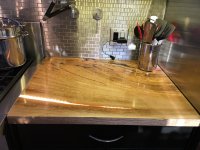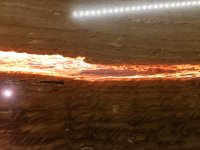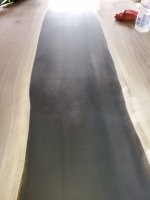Hi, I'm a little new to the sanding world. I have a Rotex RO 150 and was attempting to finish a DIY river table with clear semi black epoxy resin in the middle.
The Rotex 150 starts leaving very noticeable swirl marks in the resin around 320 grit. This needs to be a mirror finish with no swirl marks.
I was doing some reading on here and a few posters mentioned the 5mm orbit of the Rotex 150 not being designed for finish sanding.
Would you recommend the ETS 125 for this or the ETS EC/3 125? The goal is the bring the resin up to 800 grit then polish with a rotary polisher.
The Rotex 150 starts leaving very noticeable swirl marks in the resin around 320 grit. This needs to be a mirror finish with no swirl marks.
I was doing some reading on here and a few posters mentioned the 5mm orbit of the Rotex 150 not being designed for finish sanding.
Would you recommend the ETS 125 for this or the ETS EC/3 125? The goal is the bring the resin up to 800 grit then polish with a rotary polisher.





